Foreign Puzzle is an intimate documentary that captures the journey of an inspiring Mexican American dancer as she communicates the impermanence of life through dance while juggling the roles of a recently divorced parent of a 6-year-old, a choreographer and a primary school teacher amidst intensive treatments for breast cancer.
Related Movies
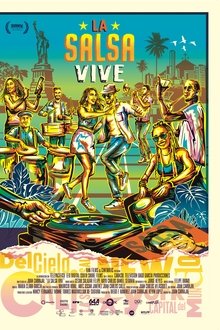
Salsa Lives (2025)
La Salsa Vive is a vibrant cinematic exploration of Afro-Cuban music's history, tracing its roots from New York's lively streets to Cali, Colombia, now the global salsa capital.

What a Glorious Feeling: The Making of 'Singin' in the Rain' (2002)
Movie and stage icon Debbie Reynolds hosts the making of "Singin' in the Rain". The short documentary includes Donald O'Connor, who played the comical "Cosmo Brown", Stanley Donen, one half of the directors next to Gene Kelly, and Kathleen Freeman, who played Phoebe Dinsmore, Lina Lamont's (Jean Hagen) voice coach.
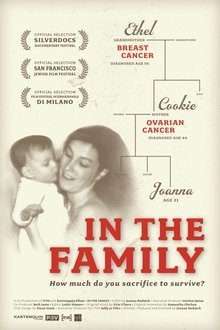
In the Family (2008)
At 31, filmmaker Joanna Rudnick faces an impossible decision: remove her breasts and ovaries or risk incredible odds of developing cancer. Armed with a genetic test result that leaves her vulnerable and confused, she balances dreams of having her own children with the unnerving reality that she is risking her life by holding on to her fertility.
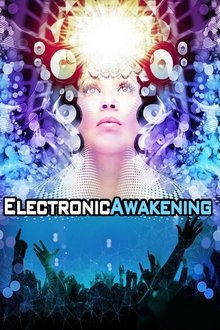
Electronic Awakening (2011)
A documentary following the conscious evolution of electronic music culture and the spiritual movement that has awakened within.

The Color of Fear 2: Walking Each Other Home (1997)
In THE COLOR OF FEAR, eight American men participated in emotionally charged discussions of racism. In this sequel, we hear and see more from those discussions, in which the men talk about about how racism has affected their lives in the United States. We also learn more about the relationships between them, and about their reactions during some of the most intense moments of that discussion.
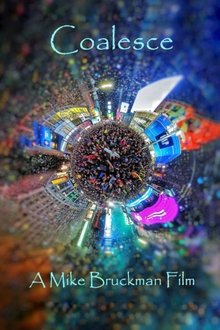
Coalesce (NaN)
In 2020, the World was closed. Life got cancelled. People were struggling. Here’s an emotional and entertaining true story shot live, during the pandemic, about courageous people who came together, despite the risk, to share their love with one another. The film opens in Times Square on NYE 2020. Everything seemed right with the World. Fast-forward six months into the pandemic, hundreds of artists from all different performance art genres are invited to come together over the course of several consecutive days, culminating in a group costume parade event on 10/10/2020 to witness the only live performances happening ANYWHERE. The goal was to lift each other's spirits during the 2020 Covid-19 pandemic. There were over a dozen genres represented including acrobatics, live music, magic, dance, and even a wedding. Dozens of unscripted live interviews were recorded and the event proved a huge success. The film captures the rawness of what it was like living during this unprecedented time.

Raised by Krump (2016)
“Raised by Krump” explores the LA-born dance movement “krumping,” and how the dance has helped the lives of some of the area’s most influential dancers.
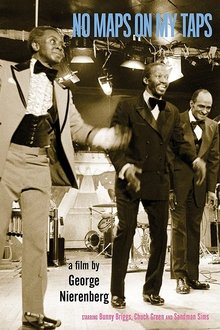
No Maps on My Taps (1979)
The remarkable spirit of tap dancers and their history provides a joyous backdrop for intimate portraits of hoofers Sandman Sims, Chuck Green, and Bunny Briggs.

Martha Clarke Light & Dark: A Dancer’s Journal (1980)
This documentary follows Martha Clarke's creative process for a year as she finds her own voice as a choreographer following her departure from Pilobolus Dance Theater.
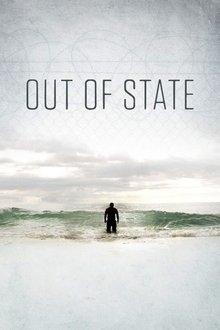
Out of State (2017)
Out of State is the unlikely story of native Hawaiians men discovering their native culture as prisoners in the desert of Arizona, 3,000 miles, and across the ocean, from their island home.
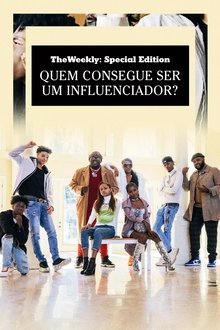
Who Gets To Be an Influencer? (2021)
Chronicles the rise of Collab Crib, one of the first mainstream Black creator mansion, exclusively documenting their whirlwind drive to achieve social media stardom in 90 days.
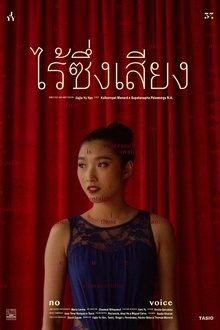
No Voice (2021)
She now lives many miles away from her mother, who is waiting to hear from her. It is a bittersweet, restless, nostalgic moment, and she remembers those vanished years.

Dancing Through Life: The Dorothy Toy Story (2017)
Swinging and twirling Dorothy Toy Fong the legendary tap dancer is still exciting at 99 years old. Award-winning reporter Rick Quan traces Fong’s journey as a famous duo with Paul Wing and exciting run with her Oriental Showgirl group. Fong’s wondrous spirit dances off the screen and into your heart.

Busby Berkeley: A Journey with a Star (2007)
Profile of famed dance director Busby Berkeley's career, in particular "The Gang's All Here"
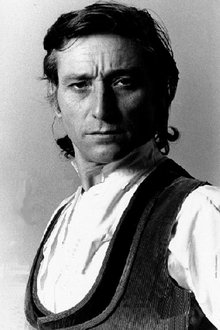
Antonio Gades, la ética de la danza (2007)
Documentary that reconstructs the professional life of the dancer through the thread of his own voice. A work that travels to the fundamental landscapes of the personal history of Gades with unpublished documents and the testimony of those who shared with him many pages of the book of his life and the history of Spanish dance in recent decades.
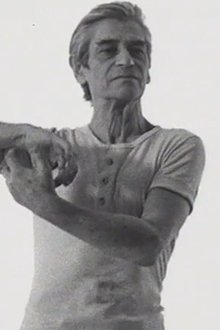
Babilée '91 (1992)
The portrait of an extraordinary French dancer-choreographer: Jean Babilée (1923-2014) is filmed at home, in the streets of Paris, at the Opera Garnier or at the Champs-Élysées Theater, “always caught, even in his kitchen, in full body work”.
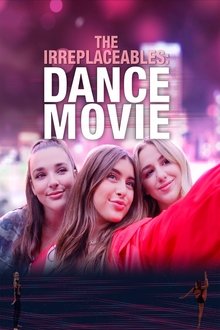
The Irreplaceables: Dance Movie (2019)
Join Dance Moms stars, Kendall Vertes, Chloe Lukasiak, and Kalani Hilliker as they perform on The Irreplaceables Tour. Watch along as the girls tour around Peru and perform their world-famous dances for eager fans.
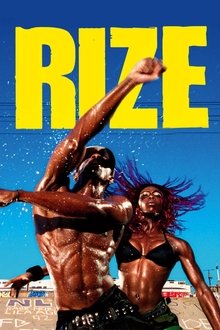
Rize (2005)
A documentary film that highlights two street derived dance styles, Clowning and Krumping, that came out of the low income neighborhoods of L.A.. Director David LaChapelle interviews each dance crew about how their unique dances evolved. A new and positive activity away from the drugs, guns, and gangs that ruled their neighborhood. A raw film about a growing sub-culture movements in America.
